Time, like an ever-rolling stream
bears all its sons away;
they fly forgotten, as a dream
dies at the op’ning day.
(O God Our Help in Ages Past, Isaac Watts, 1674-1748)
Since humans learned to manipulate the environment to produce food, the natural world has been changing. Some people try to help nature by trying to restore what once was. Conscious not just of nature’s fragility but also of our mortality, the desire to leave something good that will outlast us is a powerful motivation. The following article reviews, briefly, what we have lost, describes efforts to reintroduce lost butterflies, and assesses the validity of reintroductions.
Animal and plant population loss is a common theme across the world. Humans have been radically altering the natural environment for thousands of years, especially since the farming of plants and animals began during the Neolithic period about 12,000 years ago. Mesolithic man was a hunter-gatherer, who moved through the landscape, surviving on food he picked, dug and hunted. There were no permanent settlements, and in Ireland and in other places, he used waterways to reach new areas to find food. Plant and animal domestication made long-term and permanent settlements possible, and humans began to replace natural vegetation with crops and grazing for animals.
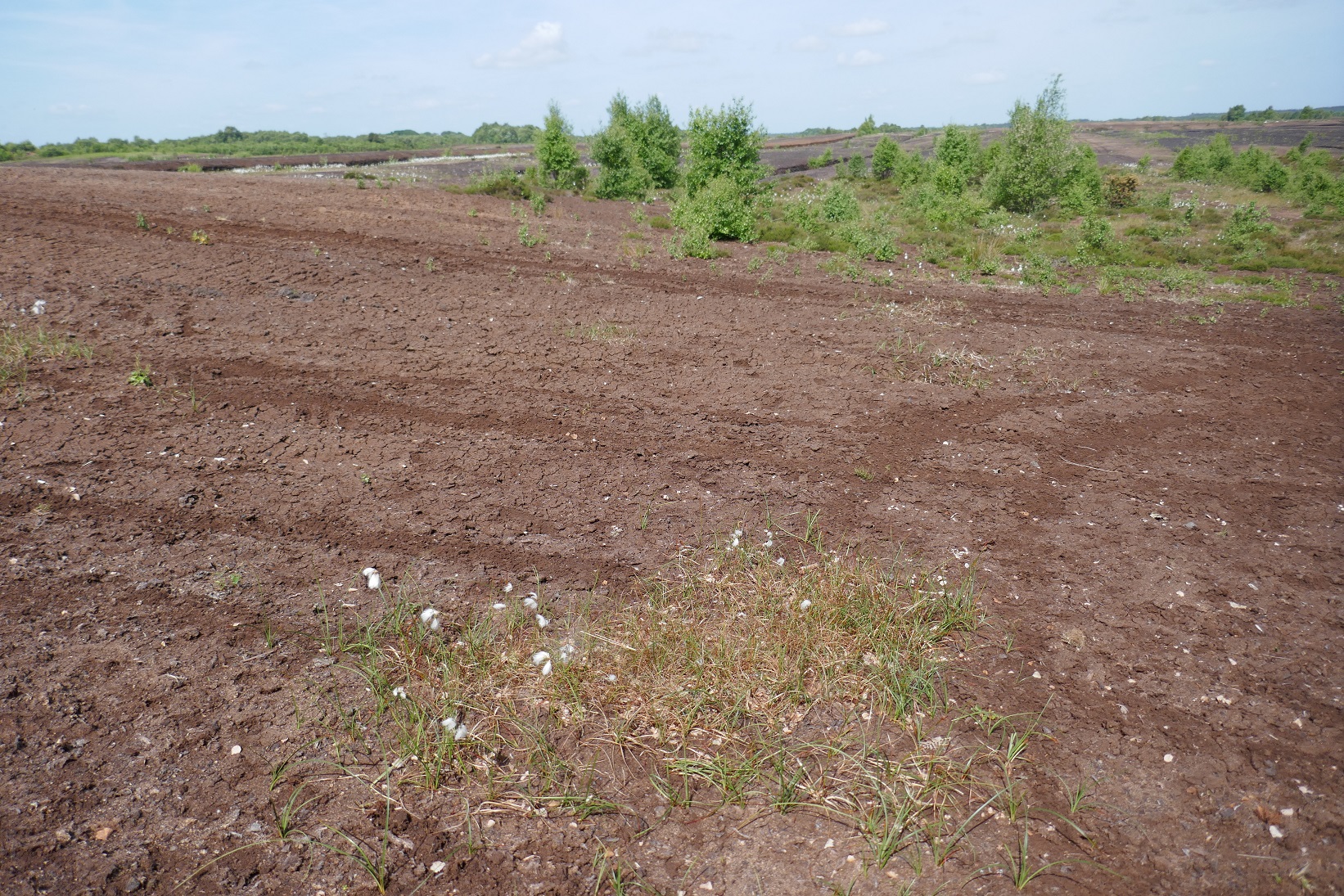
Animals that threatened domesticated animals were killed when this was possible, and humans learned to protect livestock using dogs, and walls and by removing habitat for predators. Determined attempts were made to extirpate predatory animals, with rewards offered for proof of kills. The environment we have inherited is quite different from before farming was used to feed people and build civilizations; the pollen records and archaeological evidence show evidence of radically altered ecosystems.
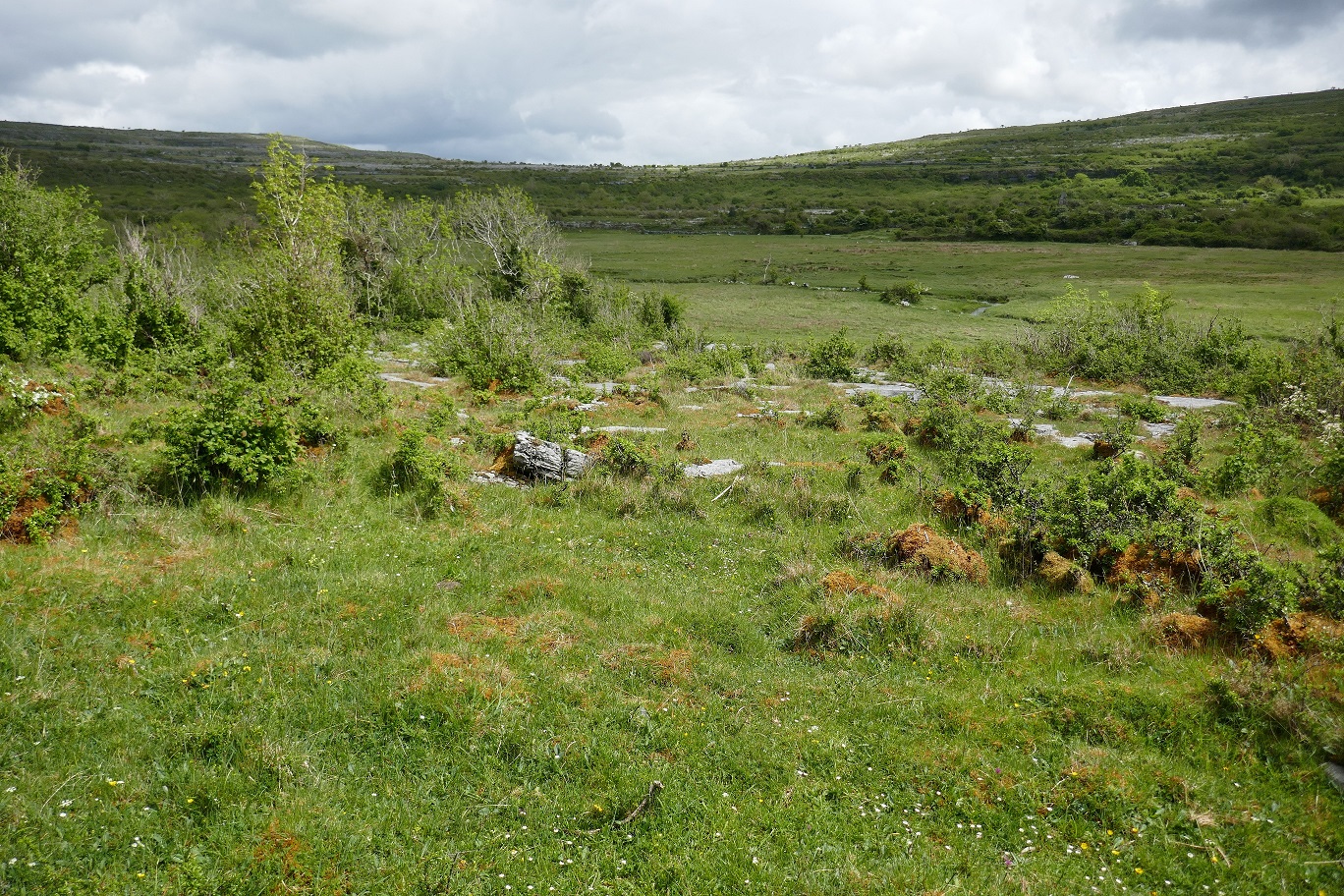
The Brown Bear, the Eurasian Wolf, Wild Boar and Giant Elk are long extinct from Ireland and Britain, with the Giant Elk lost from the world, a likely victim of overkill and perhaps natural climate change. Many habitats are at a fraction of their original extent, and no fully natural habitat exists in these islands and in most of Europe. What these looked like is very difficult to say; there is recent research that challenges the long-held view that woodland dominated our landscapes before humans dominated them. The widespread presence of open grassland invertebrates today suggests that large areas of natural grassland must have existed.
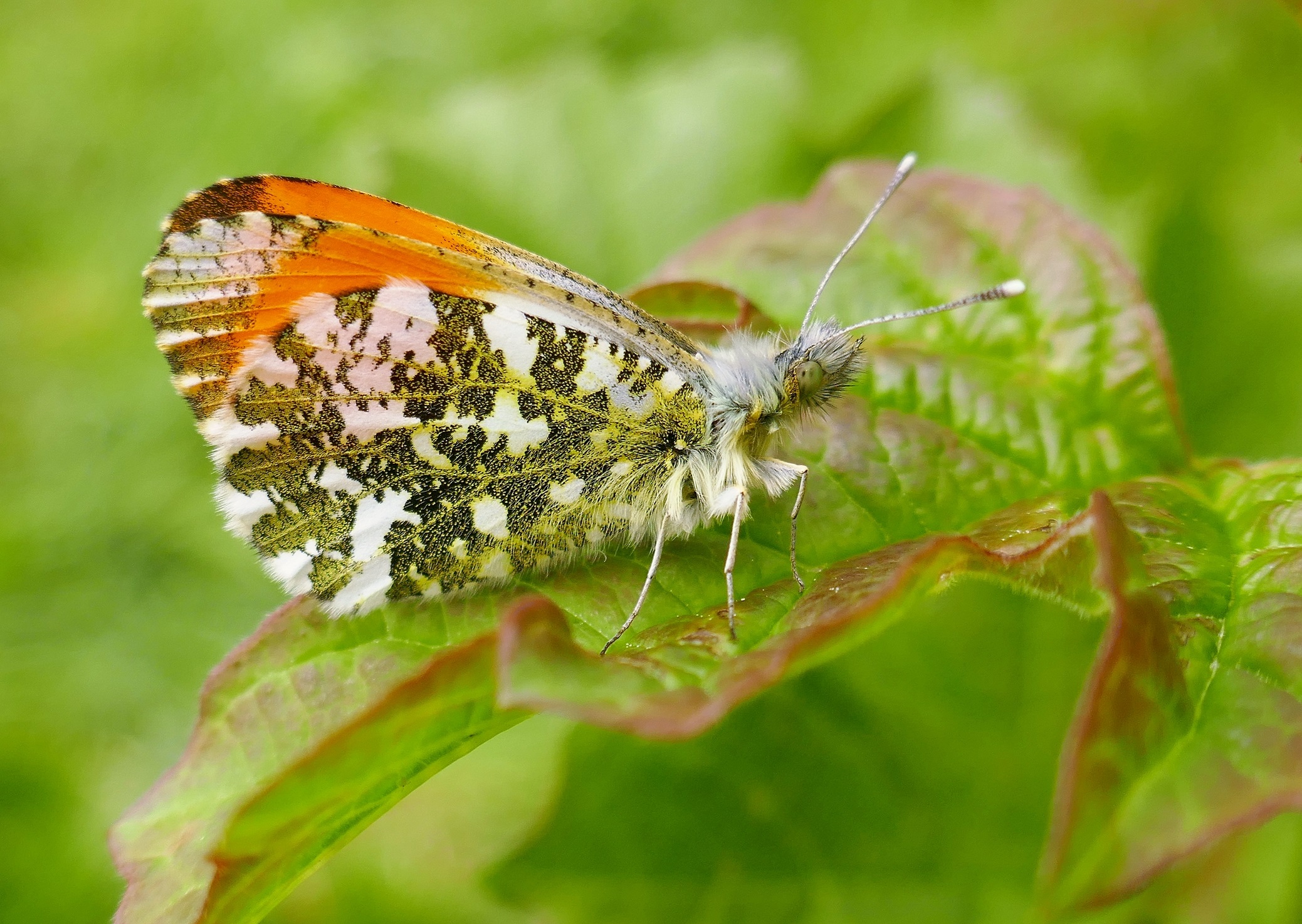
The pollen record is not an infallible guide; some plants produce far more than others and some plant pollen travels further. Scots Pine falls into these categories; we cannot deduce huge pine forests existed simply because its pollen is abundant in the archaeological record. The pollen record does indicate that grasslands existed along with woods.
A mixed landscape of wooded and more open areas is now believed to have existed before the onslaught on forested areas by humans. When we began reafforestation early in the 20th century, we decided to use fast-growing non-native coniferous trees which lack any relationship with the woods we once had, and this approach, recently modified in favour of including some native trees, has continued. The most severe recent habitat loss in this country following the loss of native woods and grassland is our raised bogs, mostly destroyed. I doubt there is a single raised bog in Ireland that is undamaged.
Animals and plants require suitable conditions for their survival. When a species is lost from an area, it is usually because important conditions it needs no longer exist on a sufficient scale. You cannot, for example, plough a field containing wild grasses and herbs and re-seed it with agricultural grasses and White Clover and expect all the original insects it supported to survive.
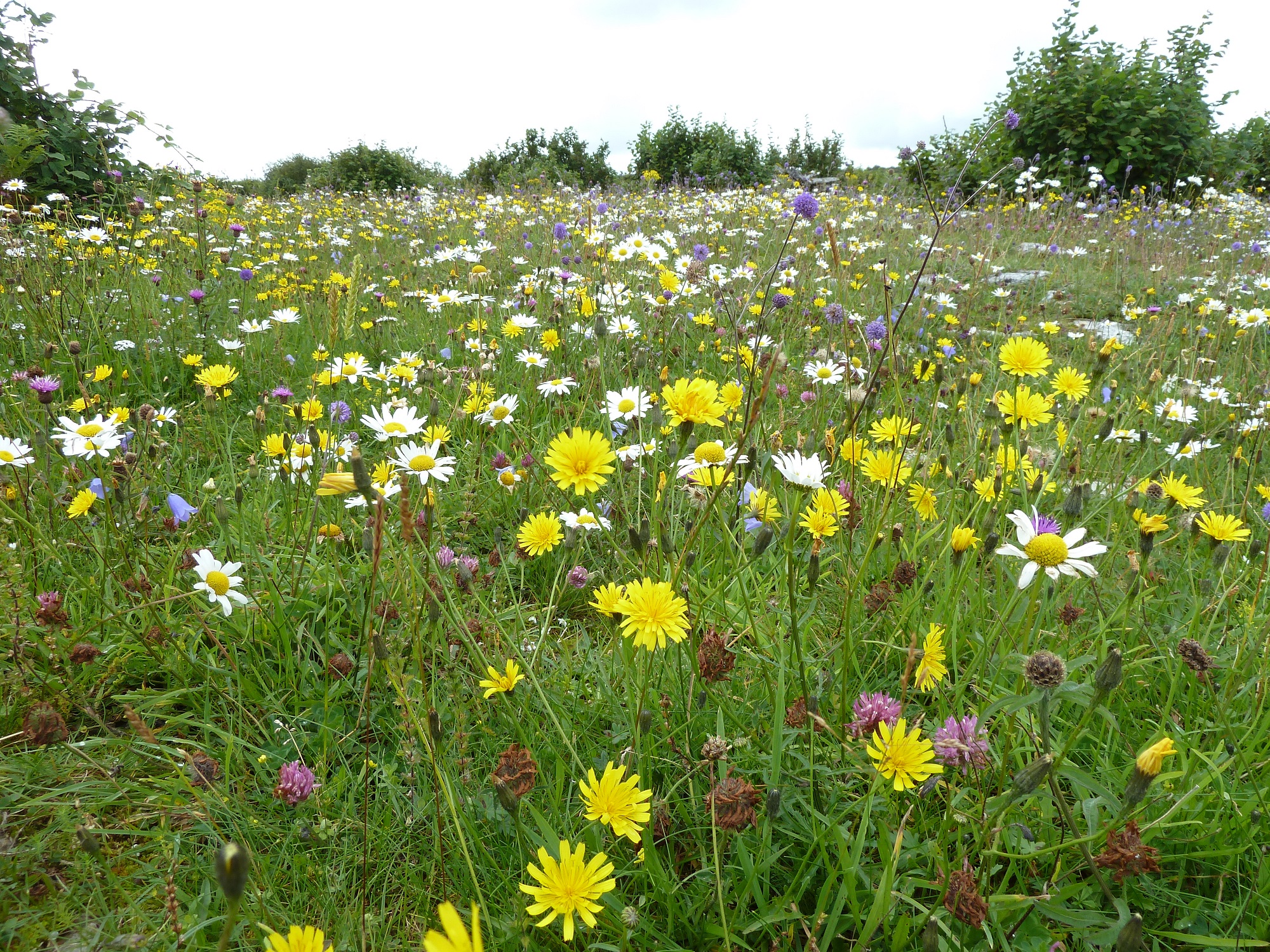
There are people who dream of landscapes filled with beauty, containing the species we know once existed more widely. We cherish the often-small areas that still hold these natural features and want them protected and restored. Restoration involves returning existing habitats to their best condition, usually through some form of direct management.
Some go further; rewilding is their goal. Rewilding is the restoration of an area of land to its (original) natural uncultivated state; the idea is to remove human influence. In pursuit of these dreams, some people want to return animals that once existed in our environments. This has happened in Ireland, with the state-funded projects to restore the extirpated Golden and White-tailed Sea Eagles and Red Kite. Eurasian Beavers were reintroduced to parts of England and Scotland, many unofficially. Beavers are sometimes admiringly referred to as “ecosystem engineers”. By damming streams, they reshape valley bottoms, creating new ponds and waterways that rapidly fill with birds, amphibians, dragonflies, and other insects and fish. Research also shows how dams filter polluted water, and store huge quantities of floodwater. Beavers’ dams can even prevent towns from being flooded. But the water must go somewhere – and the farmers whose fields are flooded as a result tend to detest these rodent engineers.
One animal group that might be less controversially reintroduced is Lepidoptera, butterflies and moths. Some are easy to breed and easy to introduce. Just to be clear, reintroduction is the intentional movement and release of a species within an area that was once part of its historical range, but from which it has become extinct.
This has occurred in well-organized ways in England, with the reintroduction of the Large Blue (wiped out in 1979) and Chequered Skipper (went extinct in 1977). These reintroductions were underpinned by painstaking research and habitat restoration; the stock for the reintroduction of the Large Blue was sourced from Sweden while the Chequered Skippers were taken in Belgium.
But these were professionally executed and scientifically informed. Some people, however, are impatient with the slow progress of official reintroduction programmes and have decided to do it themselves.
Martin White from Nottinghamshire was a rewilder passionate about the reintroduction of extinct butterflies. He bemoaned the slow pace and cost involved in official reintroductions. He said that his first attempt to reintroduce the Mazarine Blue cost him less than £10. Contrastingly, official programmes cost much more. Transporting the Chequered Skipper to Rockingham Forest, Northamptonshire (north of Milton Keynes) via Eurostar cost £10,000.
White has introduced thousands of butterflies to various places; many of these efforts failed. But some succeeded; he closed a 90-mile gap in the Marbled White’s distribution between the midlands and the Yorkshire Wolds. He reintroduced the Purple Emperor to Lincolnshire. He has introduced the Dingy Skipper onto former mine sites, with success. Some butterflies cannot reach suitable sites because the intervening countryside is so hostile to insects that seek to move. Migrating insects must brave herbicides, pesticides, foodless ground, and long distances to reach areas that have become suitable again. Unless you are a powerful species, like the Red Admiral, the chances of natural recolonisation are very low.
But will these efforts succeed over the longer term? If a butterfly or moth is missing from a site, there is reason for its absence. Unless dealt with, simply releasing fertilised females will not help, even if the larval foodplants still occur on the site. Some species have highly specific needs that extend far beyond the presence of their foodplant. What often seems to happen is that the released butterfly breeds for a year or two before dying out.
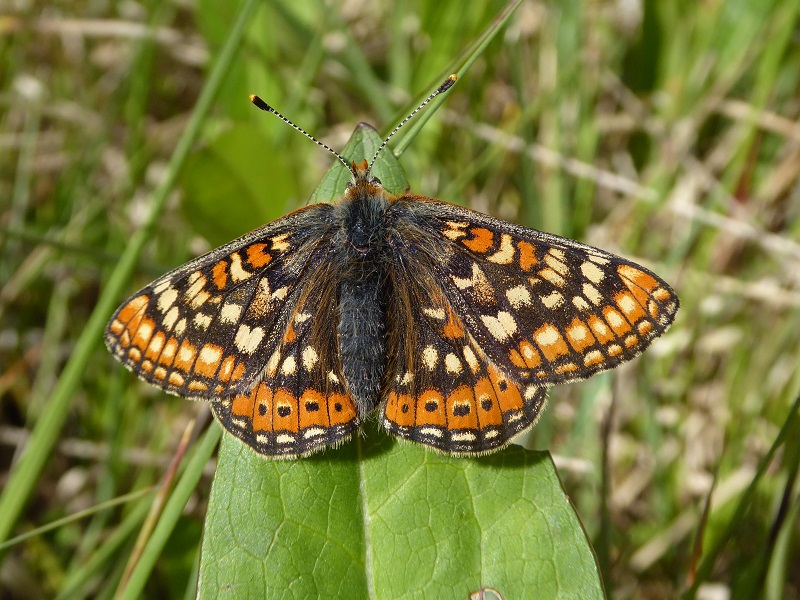
What annoys nature reserve managers is the clamour to ‘save’ a reintroduced butterfly that reached the reserve via the car boot. People want to see rarities, such as the Marsh Fritillary or Glanville Fritillary so insist on this one butterfly being accorded conservation priority. This can reach extreme levels of attention. The only known Marsh Fritillary colony in Lincolnshire (courtesy of Martin White) exists in two fields, 100 miles from the nearest colony. The caterpillars are collected by volunteers and replaced on their foodplant after the area is mown. This is certainly not natural, and one wonders what the argument is for artificially maintaining this population. This is a gardening exercise, not a conservation one.
What is perhaps a more serious concern is using butterflies sourced in Europe to reintroduce a butterfly to an area in Ireland or Britain when the species still occurs in these countries. For example, Purple Emperors sourced in Germany were used to re-populate woods in east England. This might be harmful to native populations of the butterfly if pests or pathogens arrive with them. It might also change the genetic makeup of native Purple Emperors, which may have developed the genome to cope with English conditions.
There is evidence that introduced or reintroduced butterflies might create difficulties for other butterfly species. The arrival of the Map butterfly in southern Sweden (which it reached unaided) coincided with increased rates of infection by parasites of two other nettle-feeding butterflies, the Small Tortoiseshell and Peacock.
The three species’ caterpillars overlap in their occurrence, but there are phenological differences (differences in the timing of the hatching of the caterpillars).
The Map might be causing higher infection rates by shared parasitoids by providing a host for the parasitoids when the larvae of the Small Tortoiseshell and Peacock are scarce.
Therefore, there are times in the year when Map larvae are plentiful but those of the Peacock and Small Tortoiseshell are less numerous. Phenological differences in the parasitoids between hosts might also mean the Map is assisting increased infection rates in its butterfly relatives. If correct, the Map is reducing the competition for its food (nettles) during its establishment phase, but if the Map recruits more parasitoids, as the Swedish study indicates is likely, a balance between these butterflies might be struck.
But the study did not look at the parasitoids that the Map may have introduced to the other three butterflies, only looking at shared parasitoids, and looked at larval parasitoids, not egg or pupal ones.
The relationships are therefore not well-known and extrapolation from the Swedish experience may not be possible in another area with different conditions. Therefore, harm might be caused to native populations by reintroducing a butterfly or moth; however, after establishment, a balance might develop as the new arrival becomes subject to biological controls.
This is where the need to investigate impacts arises. The most useful step is to protect existing habitats, restore them where needed and extend them so that populations can move through the landscape. Where large areas of suitable habitat exist whether this is mainly the result of long-term favourable management, restoration, rewilding, or natural processes, then the conditions for the reintroduction of animal or plant species might be reached. Given the state of our habitats, reintroduction might even be necessary.
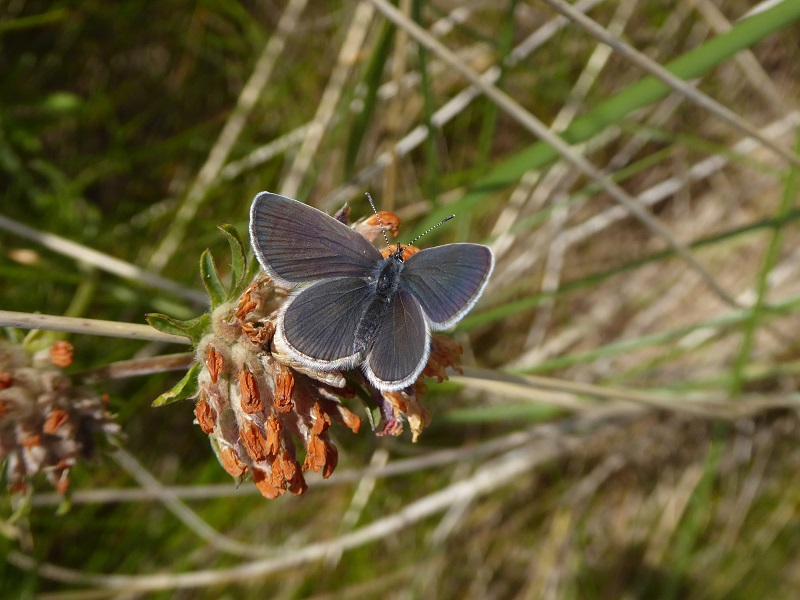
The severe reduction in the area of the Small Blue’s habitat along the Dublin coastline due to serious coastal erosion, management problems and the creation of golf links prompted an introduction of the species in extensive suitable habitat in County Meath and Louth. This attempt has been very successful. Meanwhile, the donor population has lost about 90% of its original habitat, which has been swallowed by the sea. The remaining population is hanging by the proverbial thread.
If the dune habitat on the donor site is restored by natural or human action, the new populations might return the compliment! This has already happened in England. Black Hairstreak butterflies from Monk’s Wood, Cambridgeshire were used to establish a new population at Warboys Wood. When Monk’s Wood lost its population during the Great War, it was repopulated from its receptor site. The restored Monk’s Wood population still exists to this day!
Considerable resistance to unauthorised, unofficial reintroduction exists and has for some time. It is illegal to introduce an exotic animal into the wild in Ireland and illegal to introduce or reintroduce, without consent, any animal or plant not already present in certain protected areas after a Statutory Instrument has been signed. It is a great pity that this is not the case for non-native plants in the general countryside. Biological recorders resent their maps being compromised by records of unofficially released species. This makes it harder to calculate the true distribution of a species, especially given the often transient presence of introduced species. Others hate the idea, captured in naturalist Robert Lloyd Praeger’s phrase of ‘forging nature’s signature’, by introducing species in areas where they might never have occurred.
There are very good reasons for not interfering with nature. There are very good reasons for interfering with nature. In the absence of good motives and good research, reintroduction should not be tried. Bad motives include removing rarities from a site because it is about to be destroyed by a development or introducing rarities to a site that is about to be destroyed by a development. Martin White carried out his introductions because he loved butterflies and wanted to leave a legacy, to feel that his life was not a waste. Martin White died on 12 October 2020. He knew his time was coming months before. He was still releasing butterflies in the summer of 2020. Whatever the ecological impacts of his efforts, it is touching to see his drive to see nature flourish.
The damage we have done places a moral obligation on us to atone. Reintroductions might be part of this process. It might be a question of how these are done, not whether they are done. But let’s focus chiefly on looking after our habitats and extending them. Without good, large-scale habitats, many species don’t stand a chance.
Key References
Audusseau, H., Ryrholm, N., Stefanescu, C., Tharel, S., Jansson, C., Champeaux, L., Shaw, M.R., Raper, C., Lewis, O.T., Janz, N. & Schmucki, R. 2021, “Rewiring of interactions in a changing environment: nettle‐feeding butterflies and their parasitoids”, Oikos, vol. 130, no. 4, pp. 624-636.
https://www.theguardian.com/environment/2020/oct/13/maverick-rewilders-endangered-species-extinction-conservation-uk-wildlife Accessed 01/10/2023

